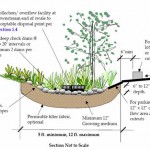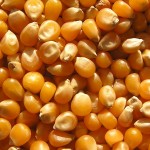
Plastic water bottles (PETE)
by Catherine Haug, April 12, 2013
(photo, right, from Wikipedia)
If you are a recycler, you know that there are not many plastics that we can recycle here in the Flathead. In fact, about the only plastic we can recycle here are the white or semi-transparent milk jugs (code #2).
But did you know that paying attention to the recycle codes on plastic containers could help reduce your exposure to estrogenic and other toxins in the plastic?
You’ve probably heard me say that ALL plastics are toxic (not just BPA/BPS). One study (4) proves that at least 95% of all plastic products tested were positive for estrogenic activity. I maintain the other 5% are also suspect for some type of toxicity, if not yet proven.

Recycle Code #3
The codes to avoid are #3, #6 or #7 (these have red headings in the descriptions below). Those that are generally considered ‘safe’ (but still have potential toxicity, or may be toxic in ways that have not yet been discovered) are #1, #2, #4, and #5. See below for more about each code, and how to find them on a product or container. (image, left and below, from TheDailyGreen.com (11)
In this article I discuss:
- The seven plastic recycle codes and potential toxic risk for each;
- “Green” and biodegradable plastics;
- Tips to reduce plastic use.
(more…)




